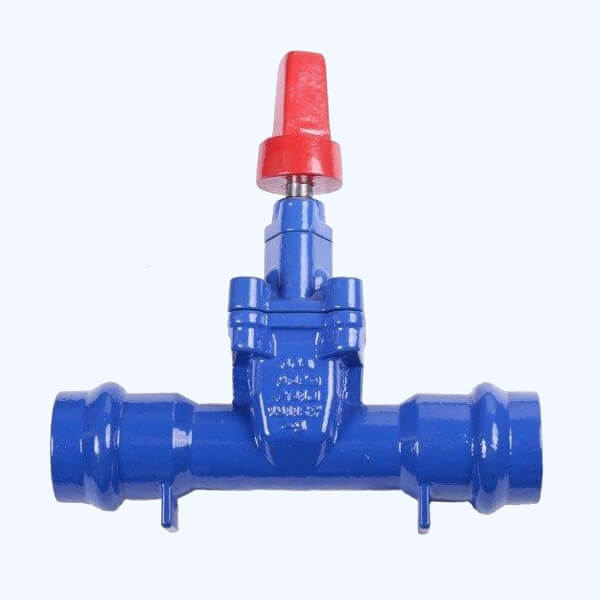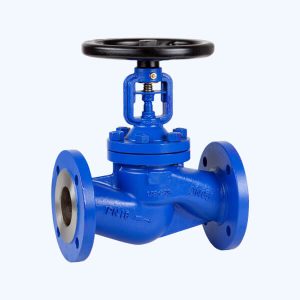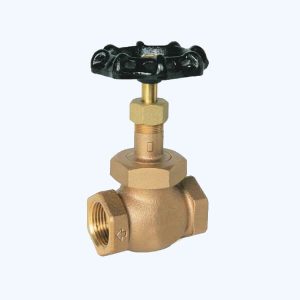Click Here To Place Your Order / To Request A Free Quotation!
RSV Socket-End Gate Valve
A Resilient Seated Valve (RSV) Socket-End Gate Valve is a type of gate valve that uses a resilient (flexible) seat to provide a tight seal when the valve is closed. The valve has a socket-end connection, which allows it to be easily installed and removed from the piping system. The Socket-end enables a bolt-less valve/pipe connection, as the socket ends on the PVC-pipes fit into the sockets of the valves. The special rubber sealing rings in the valve sockets provides a tight connection. Socket valves are very suitable where tensile connections are unnecessary or where other techniques of anchoring are used.
Socket-end connections are a popular choice for gate valves because they offer a reliable, leak-tight seal and are easy to install and maintain.
Key Features
• Non rising stainless steel stem
• Full bore
• Low closing torque
• Clockwise closing
• Guided wedge to ensure correct sealing
• 100% watertight
• Replaceable wedge nut
Description
A Resilient Seated Valve (RSV) Socket-End Gate Valve is a type of gate valve that uses a resilient (flexible) seat to provide a tight seal when the valve is closed. The valve has a socket-end connection, which allows it to be easily installed and removed from the piping system.
A socket-end connection in a gate valve refers to a type of connection where the valve is attached to the piping system using a socket-style fitting. In a socket-end connection, the valve has a socket-shaped end that fits over the end of the pipe. The pipe is then secured to the valve using a retaining ring, clip, or other type of fastener.
Function :
- Control Flow: Regulate the flow of fluids in a piping system.
- Shut Off: Completely shut off the flow of fluids when required.
- Throttle Flow: Partially restrict the flow of fluids to control pressure, temperature, or flow rate.
Characteristics:
- Tight Shut-Off: The resilient seat provides a tight seal, ensuring that the valve closes securely and prevents fluid from leaking through.
- Low Torque: The flexible seat requires less torque to close the valve, making it easier to operate.
- Longer Seat Life: The resilient seat is less prone to wear and tear, extending the life of the valve.
- Corrosion Resistance: The valve body and components can be made from corrosion-resistant materials, such as stainless steel or ductile iron.
- Easy Installation: The socket-end connection allows for easy installation and removal from the piping system.
Applications:
- Water Distribution: Water distribution systems, including municipal water supply systems.
- Wastewater Treatment: Wastewater treatment plants and sewage systems.
- Industrial Processes: Chemical processing, oil and gas, power generation, and other industrial processes.
- Fire Protection: Fire protection systems, including sprinkler systems and fire hydrants.
- Irrigation Systems: Irrigation systems for agricultural and landscaping applications.
Types:
- Rising Stem Gate Valve: The stem rises when the valve is opened.
- Non-Rising Stem Gate Valve: The stem does not rise when the valve is opened.
- Bolted Bonnet Gate Valve: The bonnet is bolted to the valve body.
- Welded Bonnet Gate Valve: The bonnet is welded to the valve body.
- Actuated Gate Valve: The valve is automated with an actuator for remote control.





